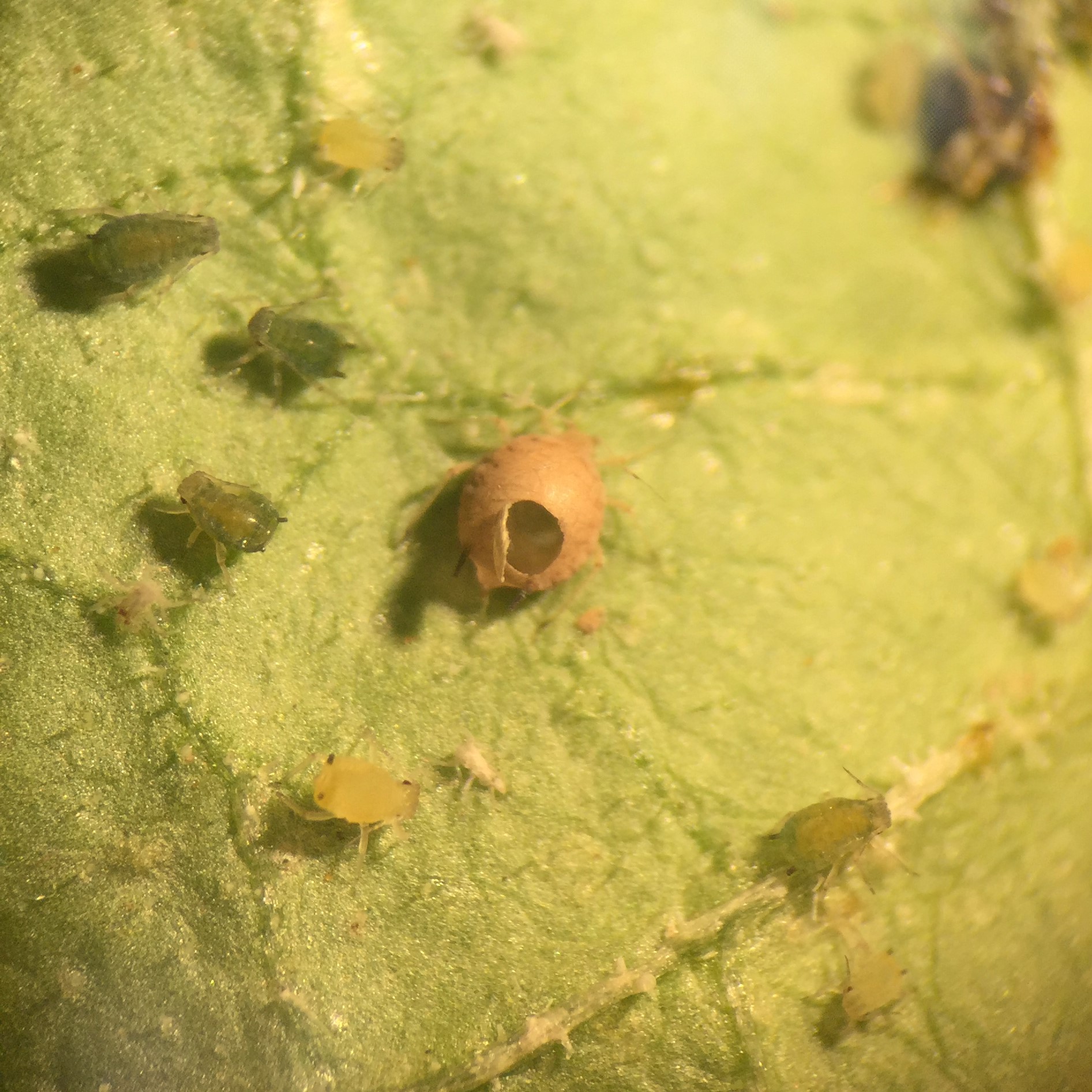The Ultimate Guide To Eco Bed Bug Exterminators Dc
The Ultimate Guide To Eco Bed Bug Exterminators Dc
Blog Article
Getting My Eco Bed Bug Exterminators Dc To Work
Table of ContentsThe Basic Principles Of Eco Bed Bug Exterminators Dc The Single Strategy To Use For Eco Bed Bug Exterminators DcExcitement About Eco Bed Bug Exterminators DcThe Ultimate Guide To Eco Bed Bug Exterminators DcThe Buzz on Eco Bed Bug Exterminators Dc
Since pesticides are hazardous, they are additionally potentially hazardous to humans, pets, various other organisms, and the environment. Consequently, people who make use of chemicals or frequently been available in call with them must understand the relative toxicity, prospective wellness impacts, and preventative measures to minimize exposure to the products they use. Threat, or risk, of making use of pesticides is the capacity for injury, or the level of threat entailed in making use of a pesticide under a provided set of problems.
Applicators can decrease or virtually remove direct exposure-- and hence decrease threat-- by adhering to the label directions, making use of individual protective apparel and equipment (PPE), and managing the chemical properly. For instance, more than 95 percent of all chemical exposures come from facial direct exposure, mainly to the hands and lower arms. By using a pair of unlined, chemical-resistant gloves, this sort of exposure can be almost removed.
The harmful impacts that happen from a solitary exposure by any course of entrance are called "intense impacts." The 4 courses of exposure are facial (skin), breathing (lungs), dental (mouth), and the eyes. Severe toxicity is identified by taking a look at the dermal poisoning, inhalation poisoning, and dental toxicity of examination animals.
An Unbiased View of Eco Bed Bug Exterminators Dc
Intense poisoning is determined as the quantity or focus of a toxicant-- the a.i.-- required to eliminate half of the pets in a test population. This step is typically expressed as the LD50 (dangerous dosage 50) or the LC50 (lethal focus 50). In addition, the LD50 and LC50 worths are based on a single dose and are tape-recorded in milligrams of pesticide per kg of body weight (mg/kg) of the test pet or partly per million (ppm).
The reduced the LD50 or LC50 worth of a chemical product, the greater its toxicity to humans and pets. Chemicals with a high LD50 are the least toxic to humans if utilized according to the directions on the product label. The chronic toxicity of a chemical is identified by subjecting guinea pig to long-lasting exposure to the energetic ingredient.
The chronic toxicity of a chemical is harder than acute poisoning to determine through lab analysis. Products are classified on the basis of their family member intense toxicity (their LD50 or LC50 values). Chemicals that are classified as extremely harmful (Poisoning Classification I) on the basis of either oral, facial, or inhalation poisoning have to have the signal words DANGER and poisonous substance printed in red with a head and crossbones symbol plainly presented on the front panel of the package tag.
The severe (single dosage) oral LD50 for chemical products in this team ranges from a trace quantity to 50 mg/kg. As an example, exposure of a few drops of a product taken orally can be deadly to a 150-pound individual. Some pesticide products have simply the signal word risk, which tells you nothing concerning the severe poisoning, simply that the item can trigger severe eye damages or severe skin inflammation
Getting My Eco Bed Bug Exterminators Dc To Work
In this classification, the acute dental LD50 ranges from 50 to 500 mg/kg. A tsp to an ounce of this material might be deadly to a 150-pound individual (bed bug heat treatment). Chemical items categorized as either slightly toxic or fairly harmless (Poisoning Categories III and IV) are required to have the signal word CAUTION on the chemical tag

All pesticide toxicity values, worths the Consisting of, can be found on discovered product's Material Safety Data Security (MSDS). Chemical labels and MSDS can be gotten from merchants or manufactures - https://moz.com/community/q/user/ecobedbug3xt. The signs and symptoms of chemical poisoning can vary from a moderate skin irritability to coma or also death.
Due to the fact that of possible health worries, pesticide users and trainers should recognize the usual indications and symptoms of chemical poisoning. The impacts, or symptoms, of chemical poisoning can be broadly specified as either topical or systemic.
About Eco Bed Bug Exterminators Dc
Dermatitis, or swelling of the skin, is accepted as the most typically reported topical impact connected with pesticide direct exposure. Some people often tend to cough, hiss, or sneeze when revealed to pesticide sprays.
This signs and symptom usually subsides within a couple of mins after a person is gotten rid of from the direct exposure to the toxic irritant. A response to a pesticide product that causes a person not only to sneeze and cough yet also to establish serious intense respiratory symptoms is extra likely to be a real hypersensitivity or allergic reaction.
Systemic results are fairly different from topical impacts. They frequently occur recommended you read away from the original point of get in touch with as an outcome of the chemical being taken in right into and dispersed throughout the body. Systemic impacts typically include queasiness, throwing up, tiredness, headache, and digestive tract conditions. In advanced poisoning instances, the individual may experience adjustments in heart rate, difficulty breathing, convulsions, and coma, which might bring about fatality.
Report this page